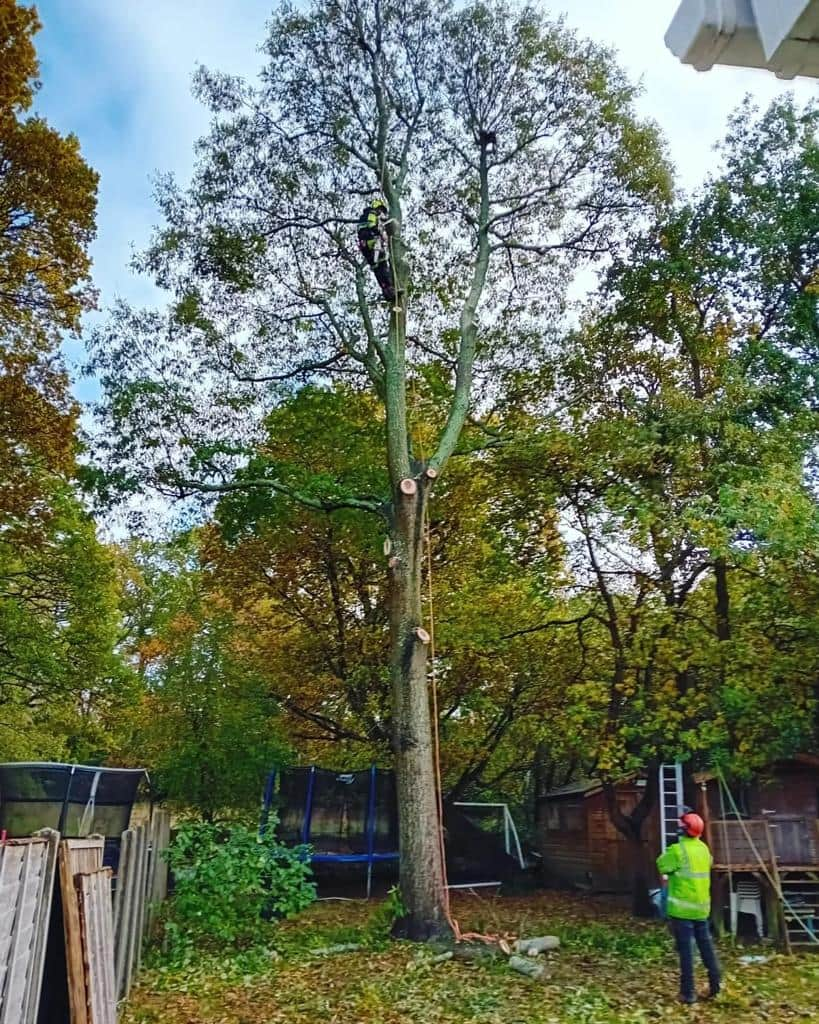Introduction: Hedge trimming is an essential aspect of garden maintenance that enhances the aesthetic appeal of your outdoor space and promotes the health and vitality of your hedges. However, mastering the art of hedge trimming requires knowledge of various techniques tailored to different hedge types and desired shapes. In this comprehensive guide, we’ll explore the ultimate hedge-trimming techniques to help you achieve professional-looking results in your garden.
Understanding Hedge Types:
Before delving into specific trimming techniques, it’s crucial to understand the characteristics of different hedge types. Hedges can be broadly categorised into formal and informal, requiring distinct trimming approaches.
Formal Hedges:
Formal hedges are characterised by their precise, geometric shapes and uniform appearance. Common examples include boxwood, privet, and yew hedges. When trimming formal hedges, the goal is to maintain clean lines and sharp edges.
Techniques:
- Straight-Cut: Use a string line or guide to ensure perfectly straight cuts along the top and sides of the hedge. Trim with smooth, sweeping motions to achieve a uniform finish.
- Tapered Cut: Gradually taper the hedge’s width from the bottom to the top to allow sunlight to reach the lower branches. Start with wider cuts at the base and gradually narrow towards the top.
- Boxed Shape: Create crisp, squared-off corners by trimming the hedge at 90-degree angles. Use a template or makeshift frame to maintain consistent angles throughout the hedge.
Informal Hedges:
Informal hedges have a more relaxed, natural appearance, often featuring irregular shapes and varying heights. Examples include beech, hornbeam, and hawthorn hedges. When trimming informal hedges, they aim to maintain their natural character while controlling growth.
Techniques:
- Layered Cut: Trim the hedge in layers, starting with the top and gradually working down to the sides. Use hand shears or hedge trimmers to remove excess growth while preserving the hedge’s natural form.
- Sculpting: Sculpt the hedge into gentle curves or undulating shapes to create visual interest and mimic the contours of the surrounding landscape. Avoid overly uniform shapes to maintain a natural appearance.
- Thinning: Remove select branches and foliage to improve air circulation and reduce density—thin out crowded areas to promote healthy growth and prevent disease.
General Tips for Hedge Trimming Success:
- Use sharp, clean tools to ensure clean cuts and minimise stress on the hedge.
- Trim hedges during the appropriate season to avoid disrupting nesting birds and minimise regrowth.
- Step back periodically to assess your progress and ensure symmetrical shaping.
- Consider the overall design and function of your hedge when selecting trimming techniques.
- Dispose of trimmings responsibly to avoid cluttering your garden, and encourage composting where possible.
Conclusion: Mastering hedge trimming techniques is a valuable skill that can elevate the appearance of your garden and contribute to the health and longevity of your hedges. Whether aiming for precise geometric shapes or embracing a more natural aesthetic, understanding the principles of hedge trimming will empower you to achieve stunning results. With the ultimate guide to hedge-trimming techniques at your disposal, you’ll be well-equipped to tackle any hedge-trimming project with confidence and finesse.
Call us on: 023 8235 6393
Click here to find out more about LM Tree Surgery Lee-on-the-Solent
Click here to complete our contact form and see how we can help with your tree’s needs.

